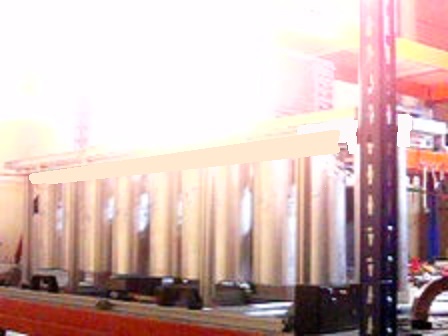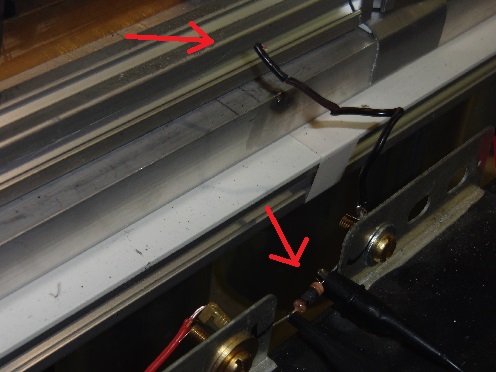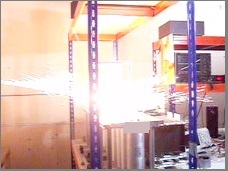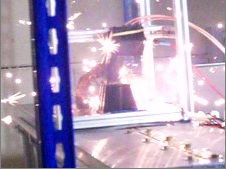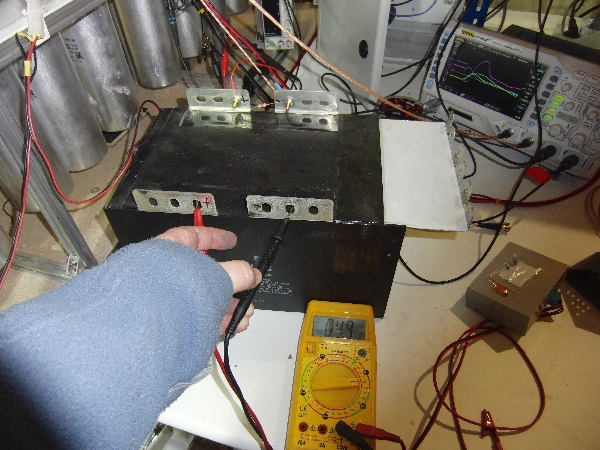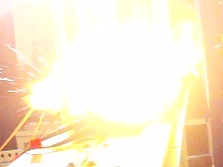In order to check the parts after the high power ray received back during the last tests, it was dismounted and tested every capacitor to look if they work. Their capacity was right, but it is clear they can not withstand working at full power, so it was decreased the working voltage to 87% of the maximum
The Electric Energy recovery system was upgraded by increase the cross-section of the power lines ten times, also it was installed 50W slow discharging resistors instead of the old 5W ones.
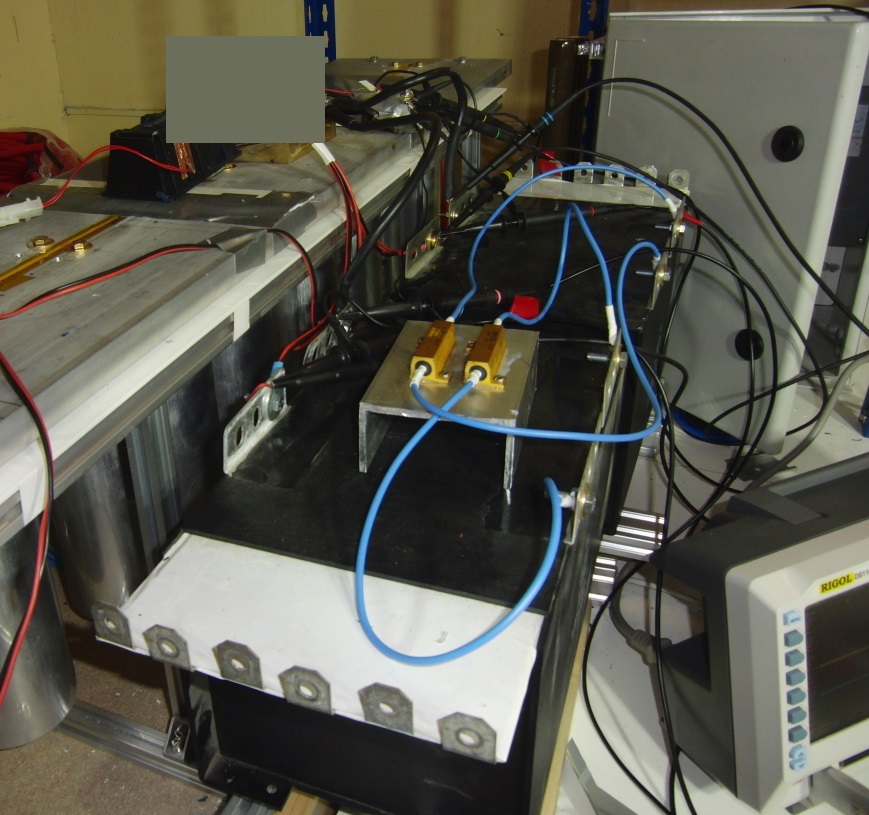
Also, it was designed a new electric recovery coil named “thunder chamber”
Tests number 3026 and 3027 were successful but in the high-speed camera, it was detected sparks leakages under two capacitors, so isolation must be improved.
The thunder chamber was severy damaged but withstood to both tests
Now we have to decide if repair the Pulsotron-3 or build a new Pulsotron, as long as we have a plan on the deck that uses extreme discharging capacitors in order to improve to ten times the injected power.
In another way, during the tests, the energy recovery system works well, it was installed differential probes to avoid error measuring voltages due to common-mode error due current load along the ground lines
Also, it was tested a new device that increases the discharging current 33 times and produces a reduction of discharging time to 20%. Obviously the magnetic field is increased 33 times and the magnetic compression the square of it.
